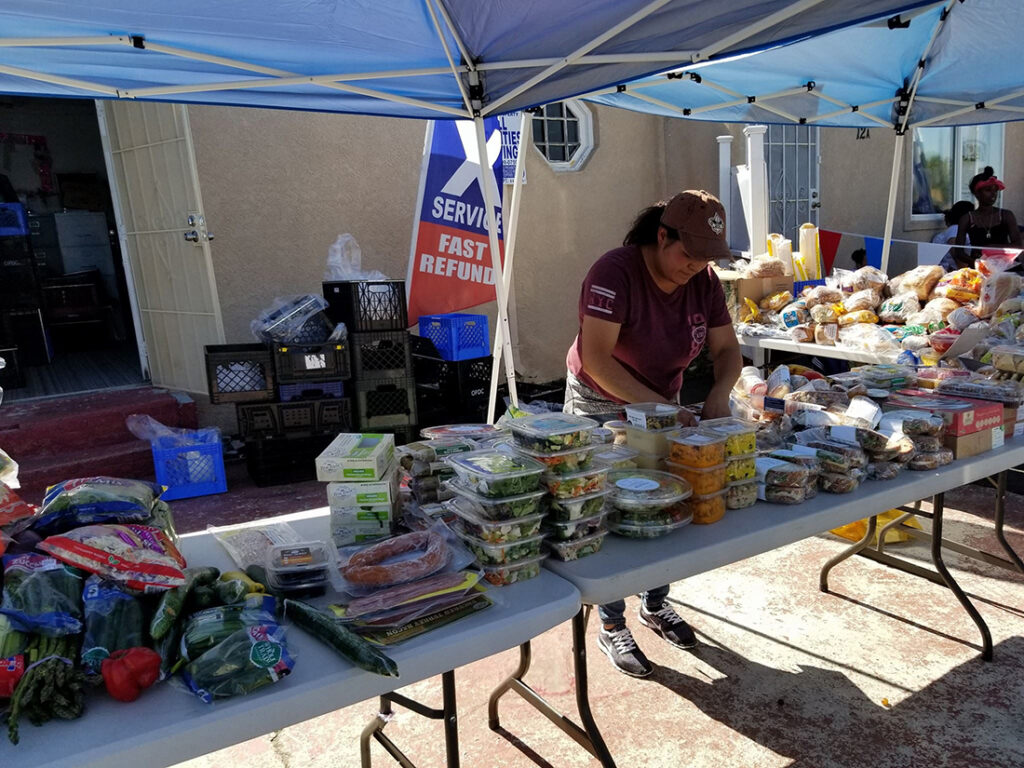Join the council
Join the council

The Caribbean Basin Initiative (CBI) represents a significant chapter in the economic relationship between the United States and its neighbors in the Caribbean and Central America. Launched in the early 1980s, the CBI was conceived as a program to promote economic development and export diversification in the region through preferential trade access to the U.S. market. For the Caribbean South American Hispanic Council, understanding the CBI’s history, its intended scope, and its actual impact is crucial for appreciating the complex economic dynamics that have shaped, and continue to influence, our member nations.
The late 1970s and early 1980s were a period of considerable economic and political turbulence in the Caribbean Basin. Many nations in the region faced:
Against this backdrop, the U.S. government sought a mechanism to foster economic stability and growth, viewing it as intrinsically linked to political stability and democratic development. The CBI emerged from this geopolitical and economic calculus.
The cornerstone of the CBI was the Caribbean Basin Economic Recovery Act (CBERA), passed by the U.S. Congress in 1983 and implemented on January 1, 1984. This act was initially authorized for 12 years.
Key subsequent legislative actions that expanded or modified the CBI include:
Haitian Hemispheric Opportunity through Partnership Encouragement (HOPE) Act of 2006, HOPE II Act of 2008, and the Haitian Economic Lift Program (HELP) Act of 2010: These acts provided specific, more generous trade preferences for Haiti, particularly for its apparel sector, to support economic recovery and development, especially after the devastating 2010 earthquake.
Key Provisions and Mechanisms:


The CBI has had a complex and varied impact across the region.
Successes:
Limitations and Criticisms:
While CBERA benefits are permanent, specific programs like CBTPA and the Haitian preferences have had expiration dates that required periodic reauthorization by the U.S. Congress. The U.S. continues to engage with the region through various economic and security partnerships.
The relevance of unilateral preference programs like the CBI is often debated in an era of reciprocal FTAs and evolving global supply chains. However, for many smaller Caribbean economies, these preferences can still offer important, albeit diminished, advantages. The focus for many Caribbean nations has shifted towards strengthening regional integration, improving competitiveness, and diversifying their economies beyond traditional sectors and preferential market access.
The Caribbean Basin Initiative stands as a testament to the interconnectedness of the U.S. and the Caribbean Basin. While its outcomes have been mixed and its landscape altered by subsequent trade agreements, the CBI has undeniably shaped the region’s economic trajectory over several decades. For the Caribbean South American Hispanic Council, it remains a vital case study in trade policy, economic development, and international relations, underscoring the need for continued dialogue and partnership to foster sustainable and equitable growth throughout our communities.

